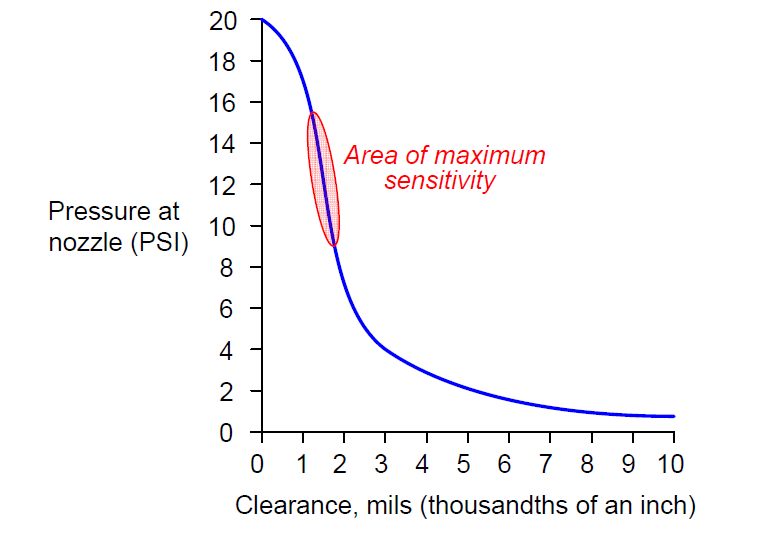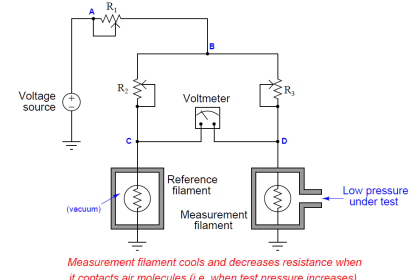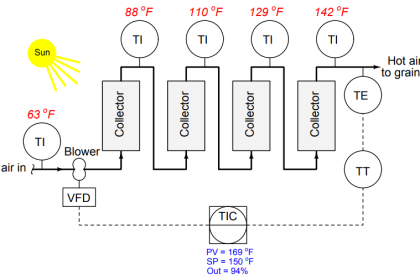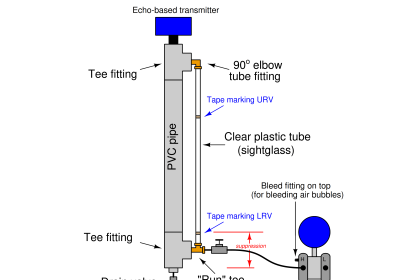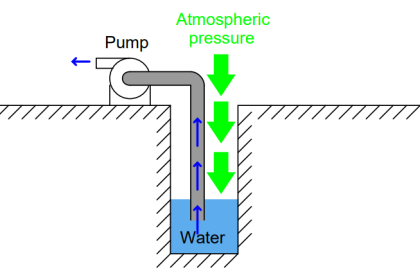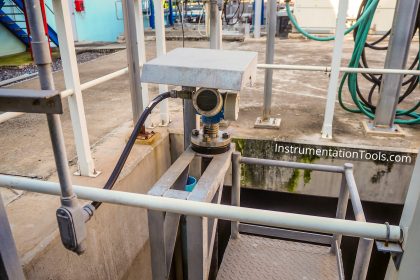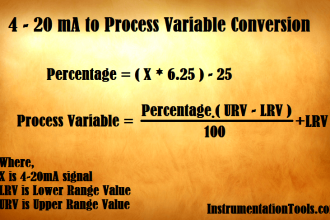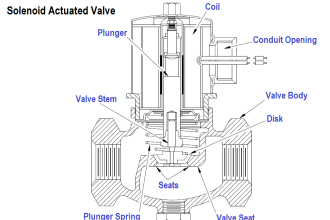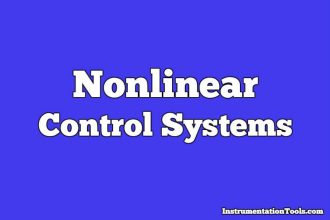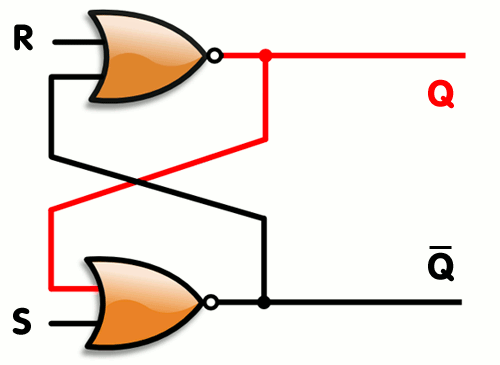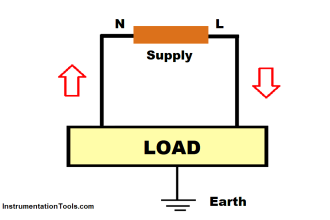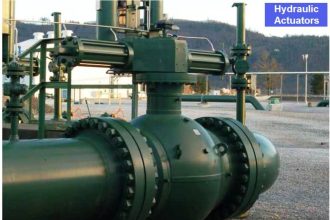The transfer function (graph of output versus input) for a pneumatic baffle/nozzle assembly looks something like this:
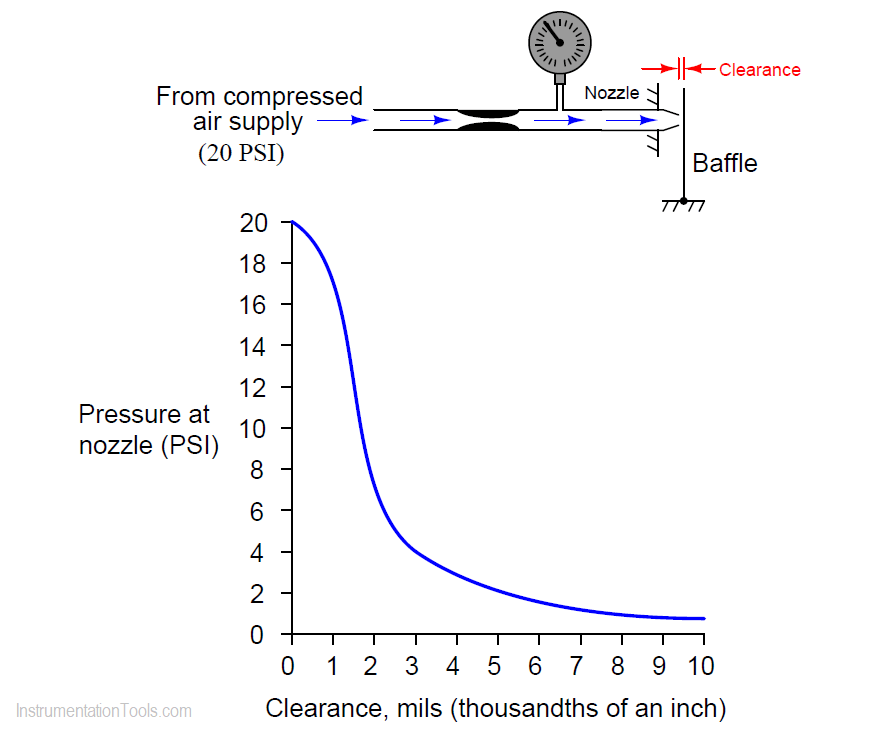
As you can see, this is a very sensitive mechanism. A nearly full swing of pressure (0 PSI to supply) is obtained with just several thousandths of an inch of baffle movement. It is this extreme sensitivity that allows us to assume there is negligible motion in a pneumatic force-balance mechanism operating within its calibrated range.
However, the baffle/nozzle mechanism is certainly not equally sensitive throughout all portions of its operating range.
Identify the most sensitive portion of its range on the transfer function graph, and explain you selection criterion.
Answer:
The most sensitive portion of this mechanism’s range is where the derivative of the transfer function reaches its maximum (absolute) value.
Most sensitive where dP/dx is at its greatest (absolute) value
Where,
P = Pressure at nozzle
x = Clearance between baffle and nozzle
The answer refers to the calculus principle of the derivative.
In plain English, the most sensitive range of the baffle/nozzle mechanism is where the graph is steepest:
This is where the gain of the system is greatest.
Read Next:
- Pneumatic Elements
- Thermowell Insertion
- Pneumatic Relay
- Flapper-Nozzle Regulator
- Vibration Switch Principle
Credits: Tony R. Kuphaldt
